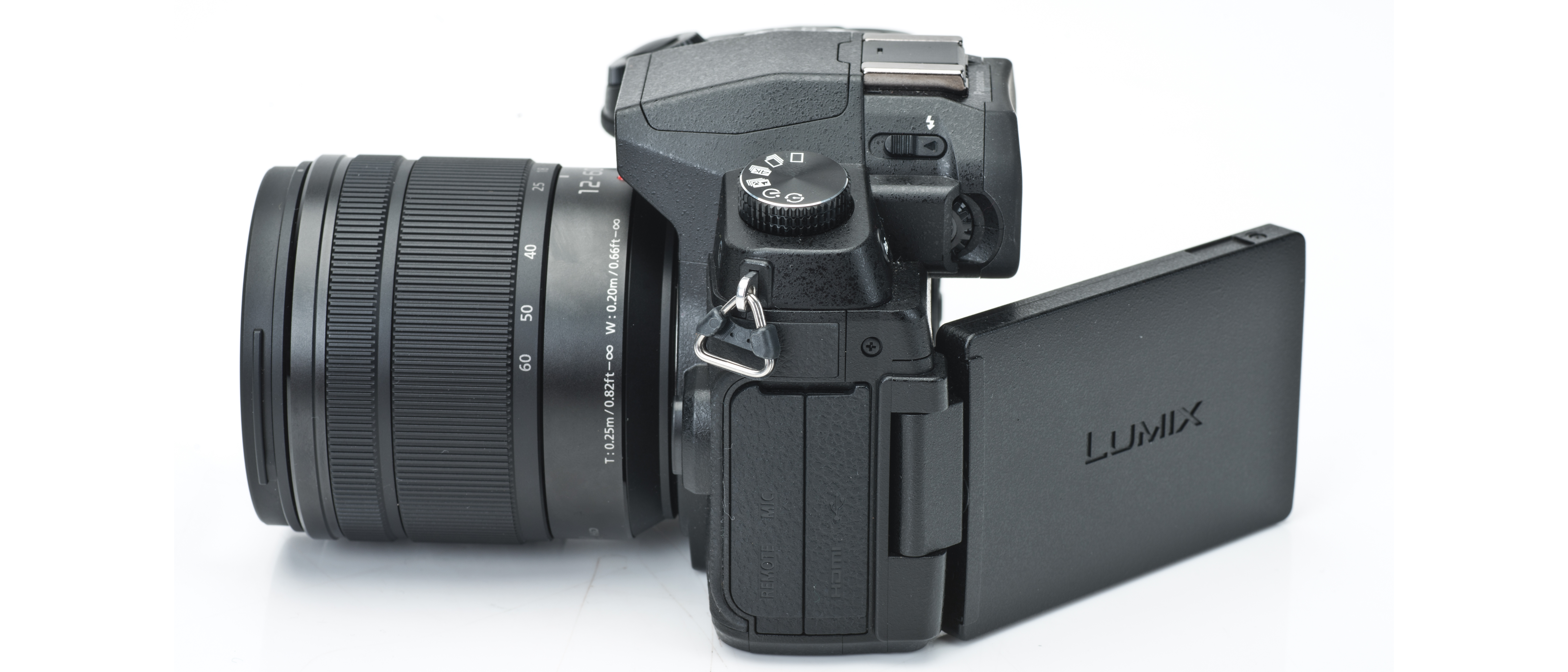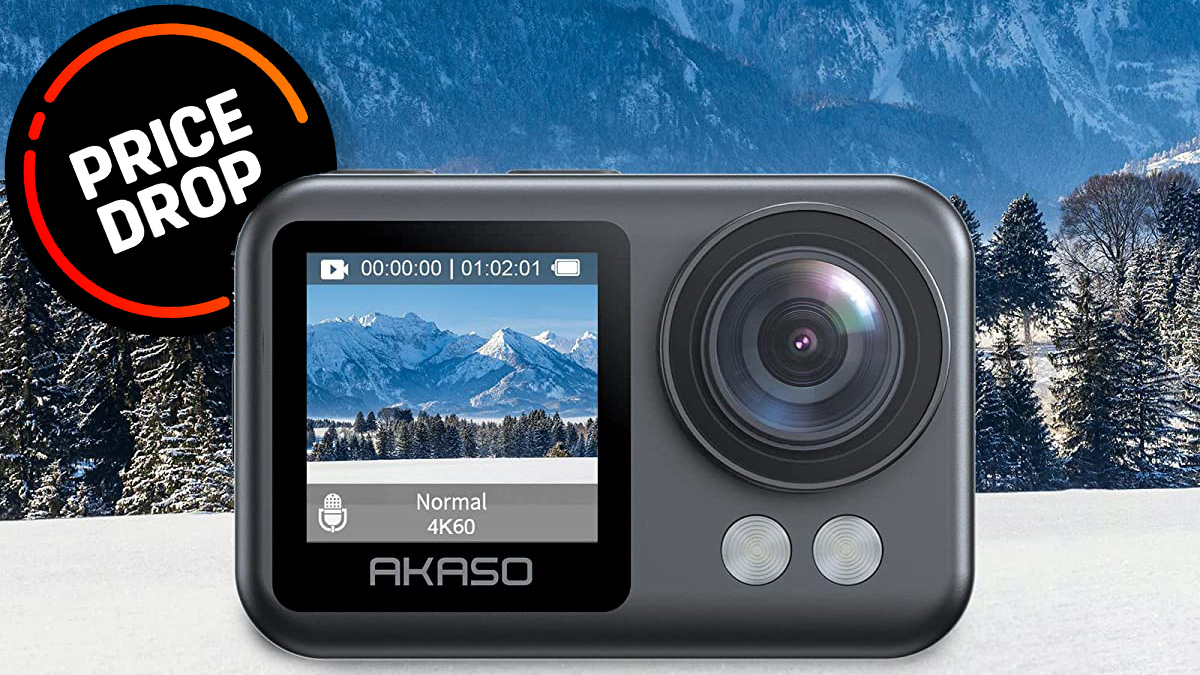Digital Camera World Verdict
The Panasonic Lumix G85 (aka the G80) was launched back in 2016 - and our review dates back from when this camera was first launched. But that is a long time ago in mirrorless camera terms. So it is perhaps a bit of a surprise that it is still on sale. Back then we commended the camera for its creative and functional features, plus several of its innovations – but still said it felt a step back in terms of its design. That traditional design now becomes a benefit - offering a fully-articulated screen, as well as a high-resolution eyelevel viewfinder - features that you might otherwise not find at this price. As such, despite it showing its age in places - this has become an attractive budget beginner's camera.
Pros
- +
Five-axis in-body image stabilization
- +
Upto 120mins of continuous video recording
- +
Articulating screen AND an eyelevel viewfinder
- +
Weather sealing
Cons
- -
Older 16-megapixel sensor
- -
Dials and buttons are easy to knock out of place
Why you can trust Digital Camera World
With nearly 25 offerings in the Lumix G-series range of cameras, Panasonic’s latest addition, the G85 (also known as the G80 in the UK and Europe) slots in at the high-mid market – somewhere slightly above the feted G7 in the G range, but a step below the premium GH range. With so many of the same specifications as the G7, however, you’d be forgiven for questioning the point of the G85.
So what’s actually new? For a start, the G80 has no anti-aliasing filter. For all intents and purposes, this should mean that the G80 will deliver sharper, more detailed captures than its older sibling. On top of this, the G80 boasts a brand-new five-axis stabilization that allegedly works in conjunction with the lens’ dual IS. On the flip side, the G80 has taken a hit when it comes to size and weight, balancing out heavier than the G7 by almost 100 grams, while the shots per charge promised by the battery has been reduced to 330 from 360.
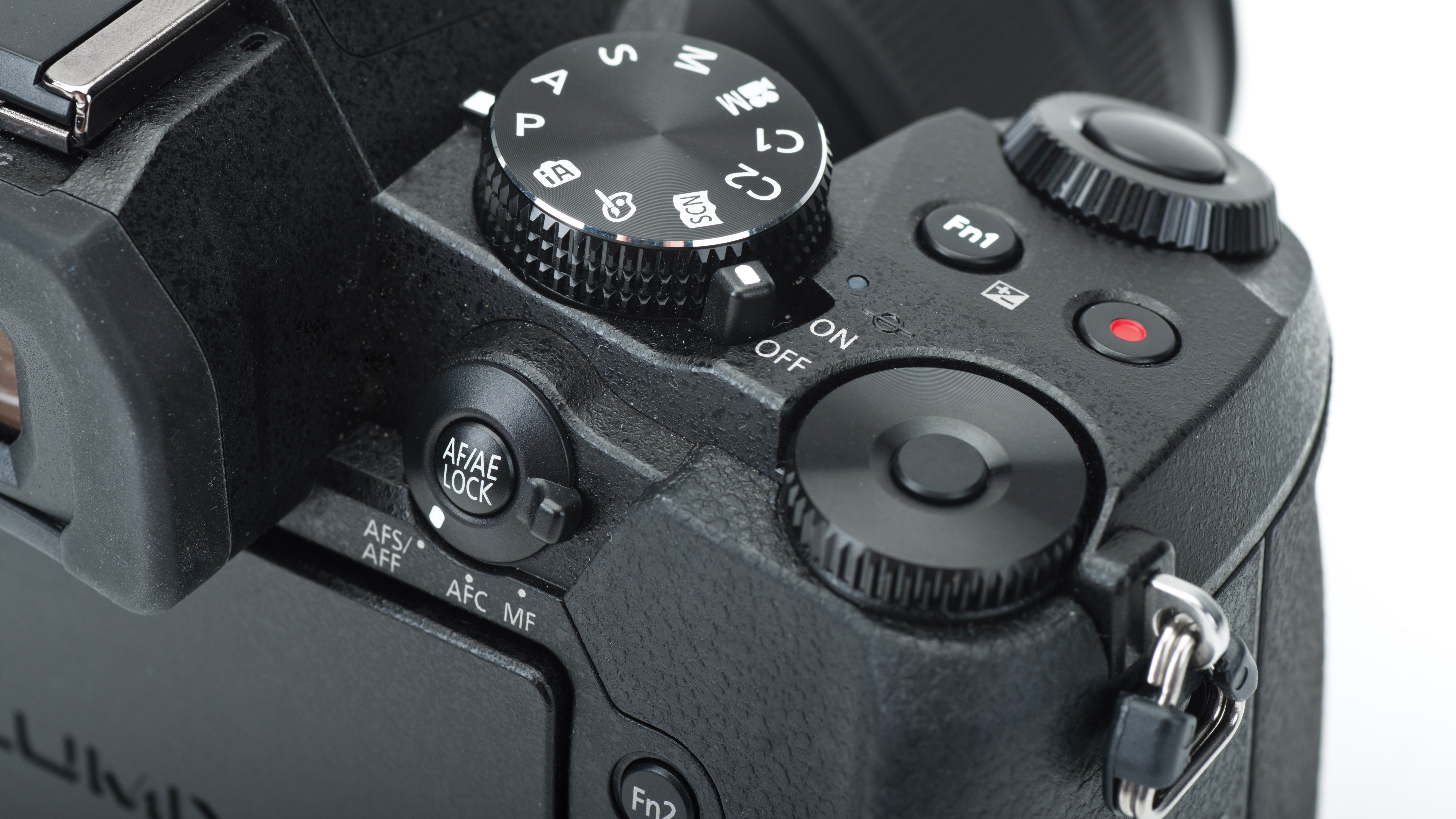
Specifications
Megapixels (effective) 16
Max resolution 4592x3448
Sensor information 17.3 x 13mm MFT Live MOS
Lens mount Micro Four Thirds
LCD 3.0in, 1,040k dot TFT
Viewfinder 2,360k dot OLED EVF
Shutter speed 60-1/4000
ISO sensitivity 100-25600
Exposure modes Auto, P, A, S, M
Metering options CW, S, M
Flash modes A, A+RE, Fon, Fon+RE, SS SS+RE Foff)
Connectivity WiFi
Weight 505g with batteries
Dimensions 128.4x89x74.3mm
Batteries Li-ion rechargeable
Storage SD, SDHC, SDXC
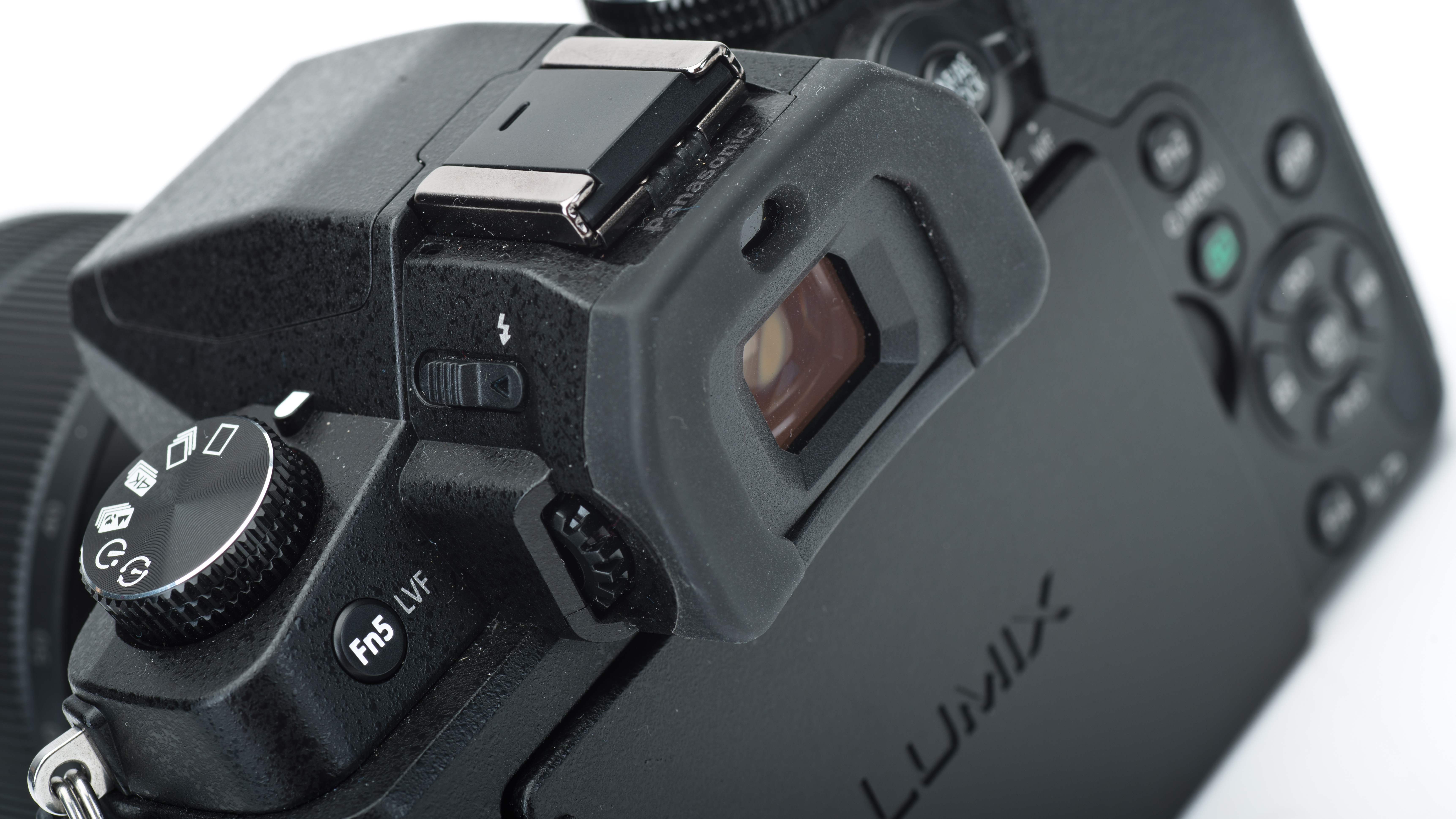
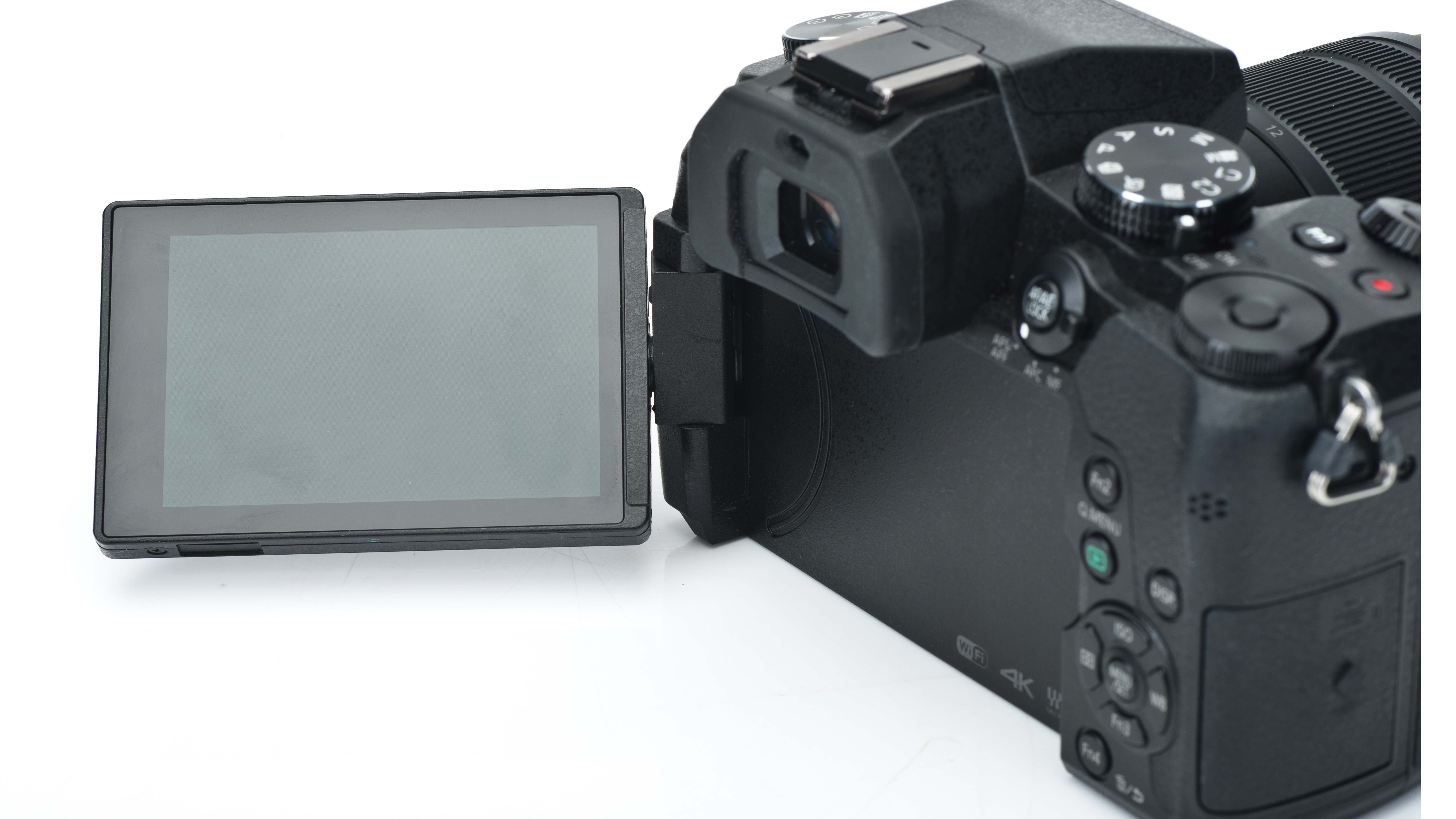
Features
There are some features that make it stand out from the line-up, however. Built in the image of the G7, the G80 actually features dust and weather sealing, which combined with its sturdy frame, makes it a good choice of camera for unpredictable conditions. It’s slightly larger than any of its fellow G-series cameras, but its textured grip and well-placed features make it comfortable in the hand.
The fully articulating LCD screen is a pleasure to use, with its bright and ultra-clear screen displaying the finest of details, while the moveable nature of the screen means you’re not limited in your shooting opportunities. Similarly, the screen is touch-sensitive, which is great news for on-the-fly shooting. If you prefer to shoot more traditionally, the G80 features an electronic viewfinder, which can
be set to automatically switch on when you raise the viewfinder to your eye.
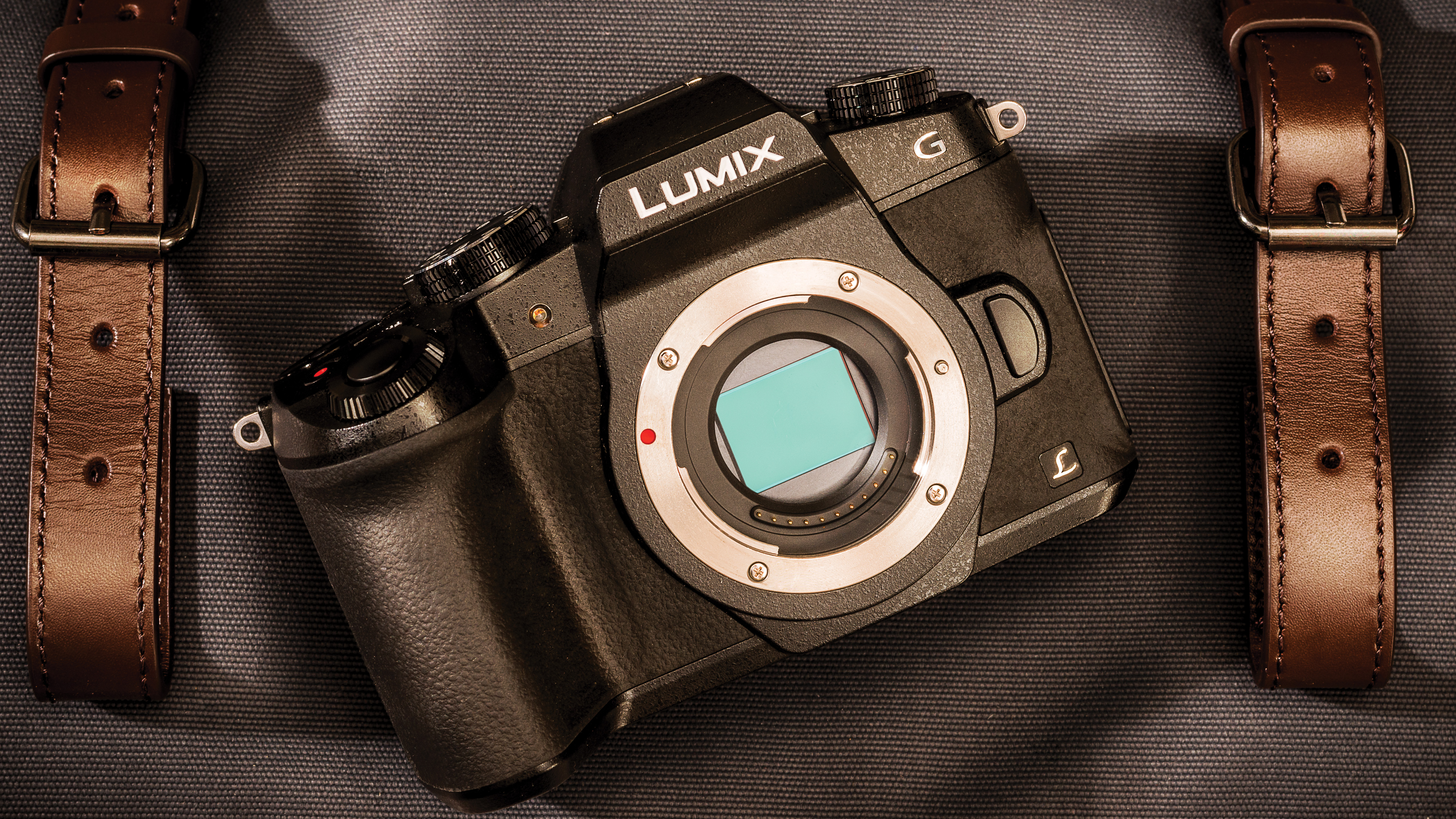
Performance
So what of the actual image quality, then? The 16MP MFT sensor combined with the Venus Engine makes short work of capturing the scenes in clarifying detail. High-contrast scenes are rendered well, with colors and tones true to life, while backlit environments pose barely any problems for the G80. The
lack of an anti-aliasing filter provides noticeably crisp details in captures too.
Panasonic has also pledged its allegiance to videographers with the G80. It features
the exceptional 4K shooting abilities of the Panasonic G7, but without the frustrating limitations. Another feature is the inclusion of real-time HDMI output during video capture, as well as a mode that enables time lapses and stop-motion animations. The G80 has abandoned the slightly limiting 29 minutes and 59 seconds of continuous video that frustrated users of the G7. Instead, Panasonic
claims that you can shoot up to 120 minutes continuously.
The Auto White Balance is typically a little warm, but this helps to deliver more pleasing colours straight out of the camera. Perhaps the only sore point is in-camera noise reduction, which leaves images lacking in fine detail at higher sensitivities.
Sample images

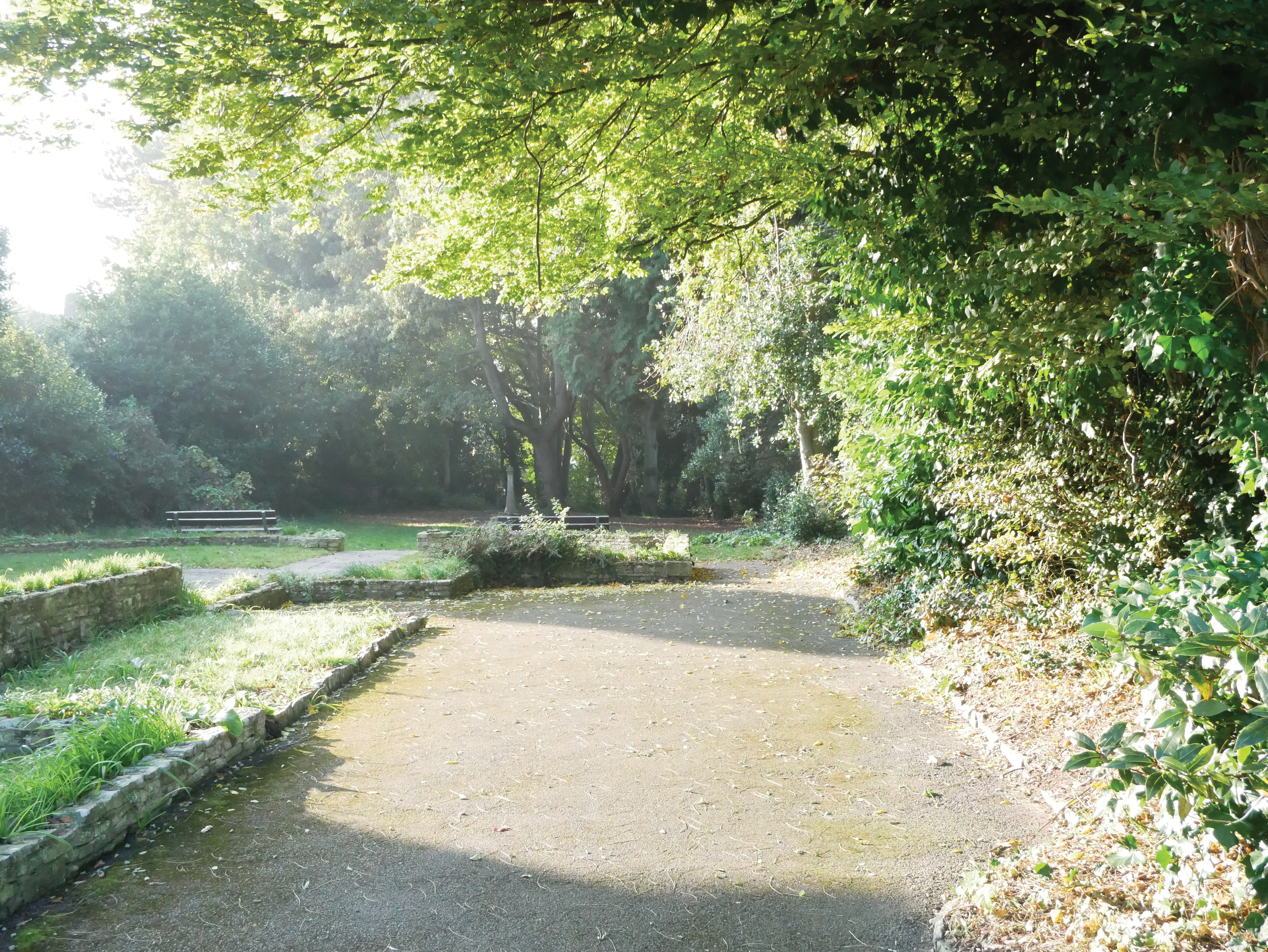
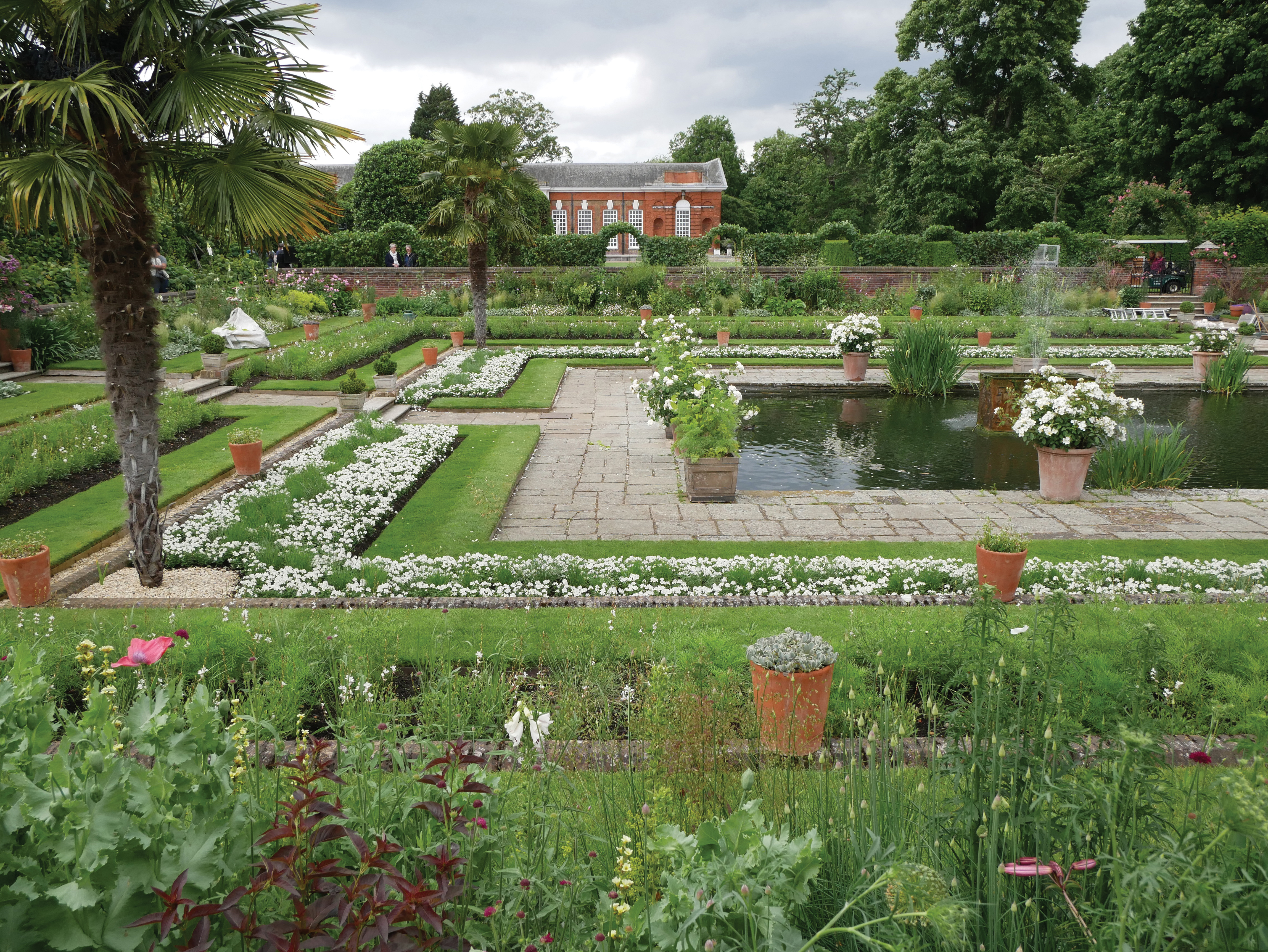
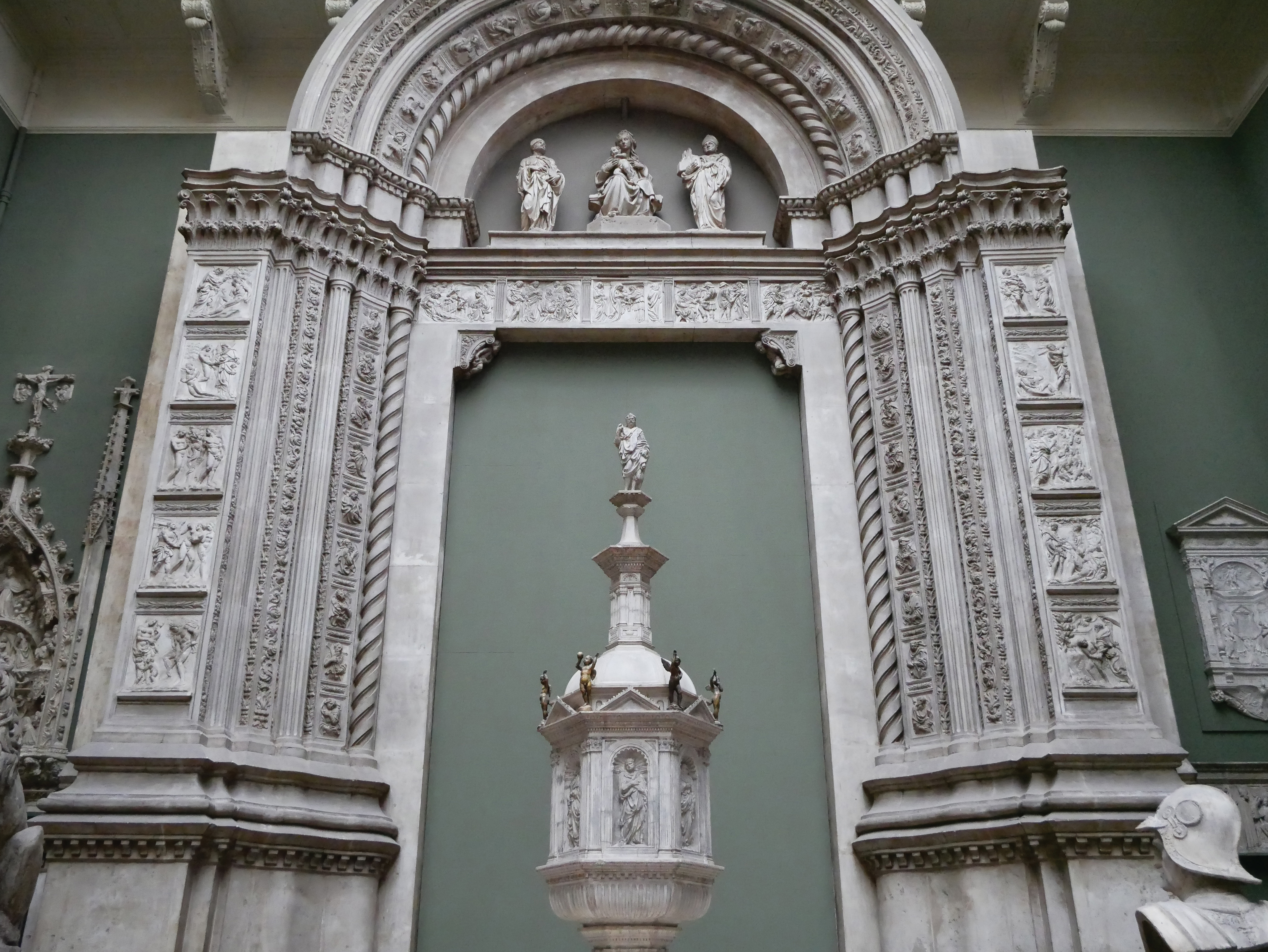
Lab results
For our lab data comparison we pitched the G80/G85 against three of its rival cameras in 2023 that cost similar money with a kit lens: the Olympus OM-D E-M10 Mark IV, Canon EOS R50 and Sony Alpha a6100.
We test resolution using Imatest charts and software, and dynamic range and signal to noise ratio with DxO Analyzer.
Resolution:
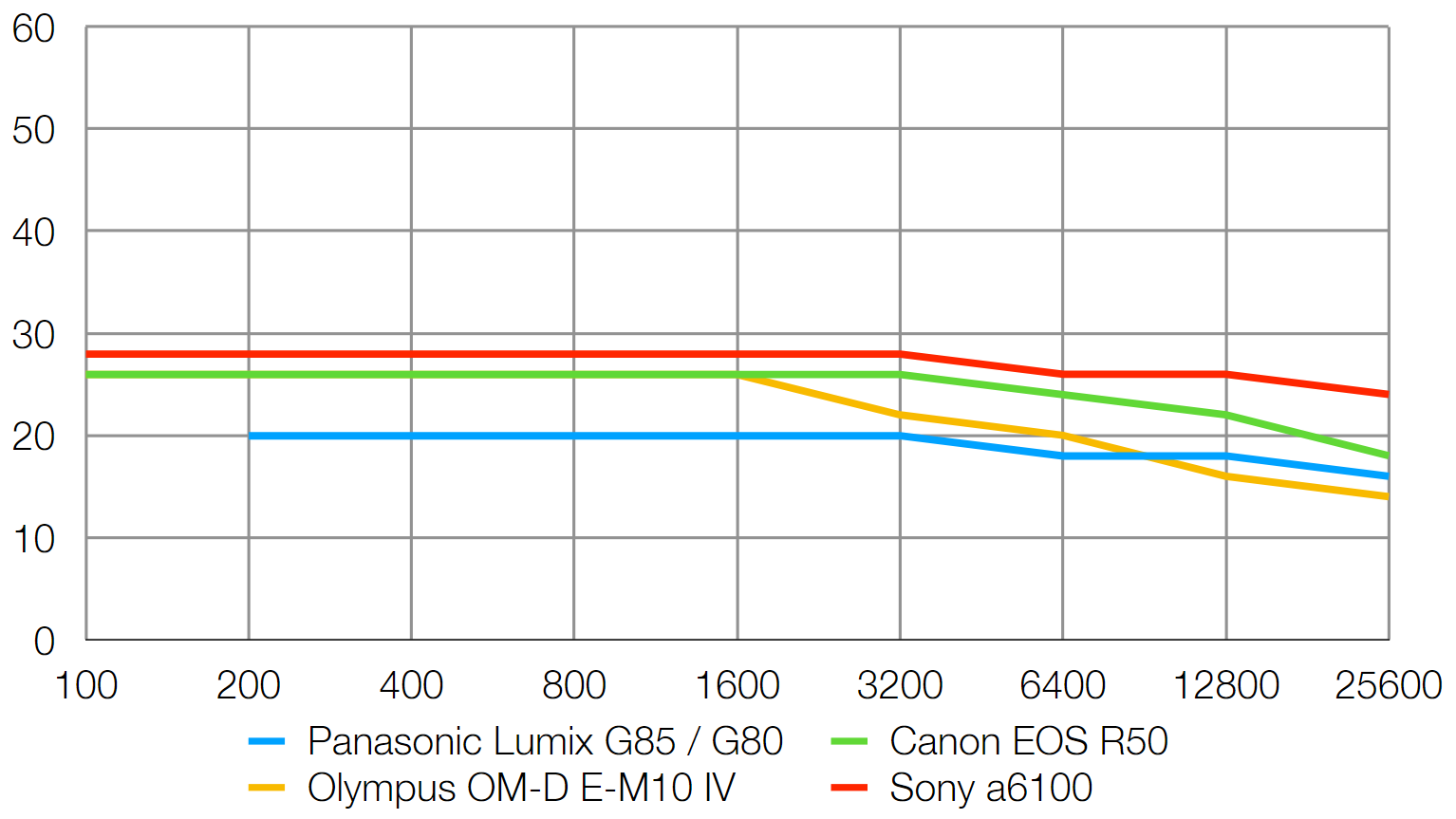
With only 16MP on tap, it's no surprise that the G80 is incapable of resolving as much detail as the rival cameras on test do. Even so, having fewer megapixels does help it produce less image noise at higher sensitivities, which in turn at least means what detail is captured doesn't get obscured by much grain.
Dynamic range:
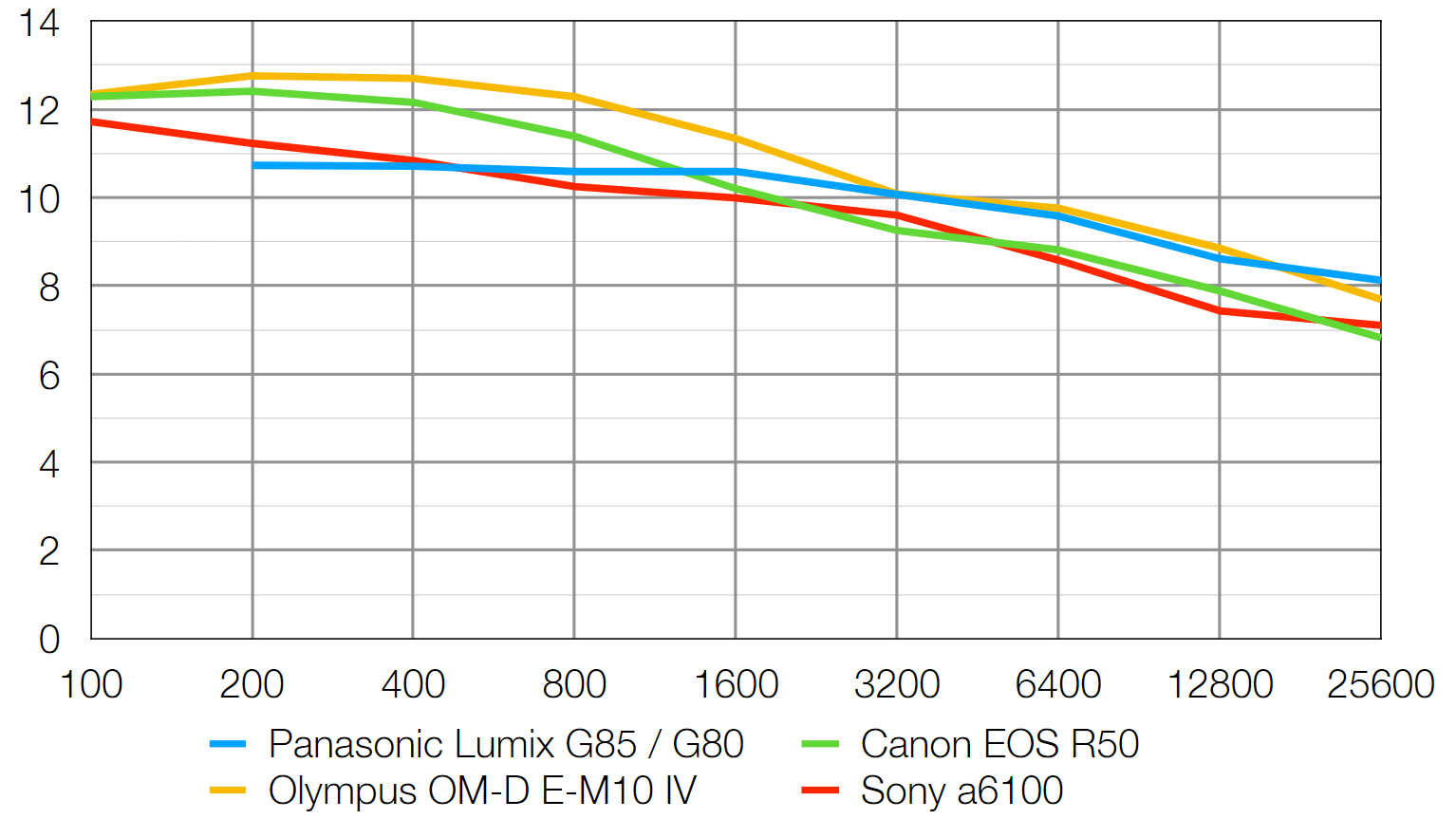
The G80 lacks the outright dynamic range at low ISOs that the other cameras here are capable of, but it does well to retain good dynamic range as sensitivities increase, tying with the E-M10 IV for high ISO dynamic range.
Signal to noise ratio:
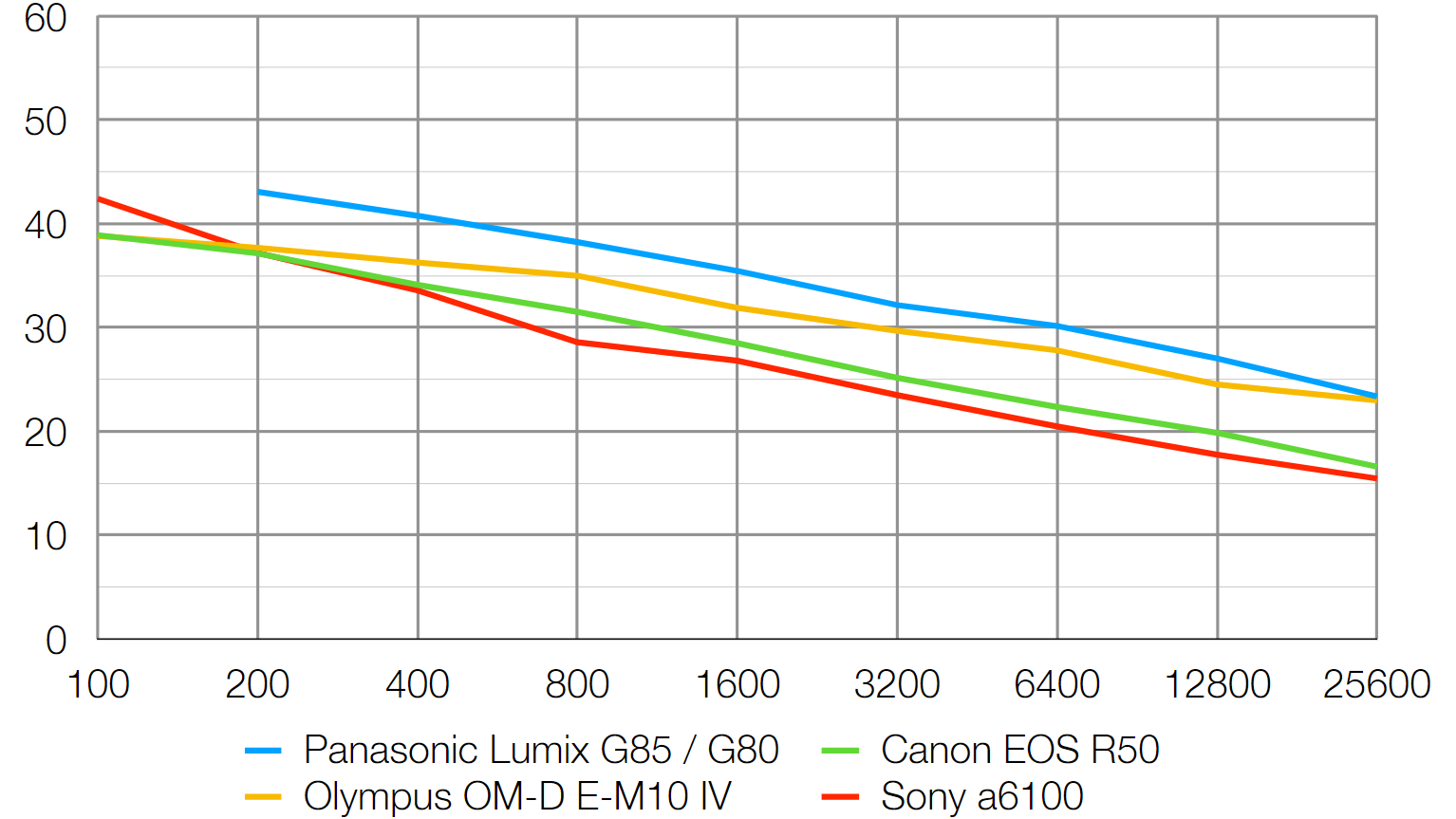
This test compares the amount of random noise generated by the camera at different ISO settings as a proportion of the actual image information (the 'signal'). Higher values are better and we expect to see the signal to ratio fall as the ISO is increased.
The Panasonic scores well here, although its lab test was performed at the time of the camera's launch in 2016. Our signal-to-noise test methodology has since changed slightly, meaning the G80 wasn't tested under the exact same conditions as the newer Olympus, Canon and Sony cameras.
Verdict
The G80 has a dazzling mix of features to recommend it, from 4K video, built-in five-axis image stabilisation and a touchscreen that moves more freely than the others through a side pivot. The sensor may only offer 16MP, but Panasonic has removed its low-pass filter to help with detail.
Thanks to the beefy grip and liberal use of rubber, the G80 handles the best out of the four here. The placement, size and design of the two command dials is also well considered, although the rear plate controls’ flatness make for a far less positive user experience.
This is more than made up for by the camera’s overall response. From its start-up time and menu navigation to touchscreen sensitivity, the camera impresses. As we’ve come to expect from G-series models, autofocus speeds are also superb.
The lack of an anti-aliasing filter is clear, with images showing a great crispness, while the image stabilization system proves itself to be very capable. Images captured on the ‘Standard’ Photo Style are very nicely optimized for color next to corresponding RAW files, though still accurate.
Update, 2023:
The Panasonic Lumix G85 (aka the G80) was launched back in 2016 - and our review dates back from when this camera was first launched. But that is a long time ago in mirrorless camera terms. So it is perhaps a bit of a surprise that it is still on sale. Back then we commended the camera for its creative and functional features, plus several of its innovations – but still said it felt a step back in terms of its design. That traditional design now becomes a benefit - offering a fully-articulated screen, as well as a high-resolution eyelevel viewfinder - features that you might otherwise not find at this price. As such, despite it showing its age in places - this has become an attractive budget beginner's camera.
